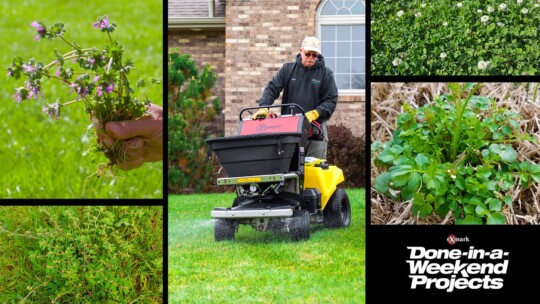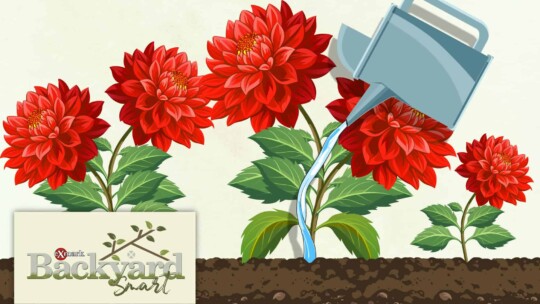There’s no avoiding the fact that quite nearly everything needs the help of pollinators to grow.
But did you know that all it takes is a simple garden to lure them in? Tune into this episode of Backyard Smart to learn how to plant a pollinator garden to attract more of our pollinating pals and help your plants thrive.
What is a Pollinator Garden?
As the name suggests, a pollinator garden is comprised of plants that are more likely to attract “pollinators”—such as bees, butterflies, moths, hummingbirds, and a whole slew of other beneficial bugs and creatures (even bats!)—that help transfer pollen from one flower to another. Not only do these gardens help with reviving the declining populations by providing the necessary pollen and nectar, but they also encourage pollinators to leap to other plants and flowers in your garden, helping you reap a bountiful harvest and beautiful blooms.
Best Pollinator Plants
The possibilities of pollinator plants are quite nearly endless. But, when in doubt, the best plants to attract pollinators are those that are native to your area, because native pollinators and plants have more than likely evolved together to your local ecosystem. And, since native plants are more acclimated to your local environment, that means they require less maintenance and are all-around heartier—an overall win-win. As an added benefit, many common plants have native varieties, too, so you’re able to mix and match to create the pollinator garden of your dreams.
It’s always best to plant a mix of perennials and annuals, as well as a combination of plants that bloom at different times, to optimize all-summer and early-fall pollinizing. If you’re looking to optimize your bee draw, the best color plants to use have bright whites, yellows, and blues. Likewise, if you’re looking to bring in more butterflies, choose flowers with vibrant reds, oranges, yellows, and purples. And, if you’re looking to further maximize your pollinator draw, choose plants with blooms of different shapes and sizes. This variety encourages a wider range of pollinators to drop by your garden, as different shaped blooms require different pollination techniques.
Where to Plant a Pollinator Garden
Given that pollinator gardens can thrive in both shady and sunny spots, your location selection is dependent on the population you want to attract. Bees, butterflies, and other pollinators like the warm sun—and so do their favorite plants. It’s also best to locate your garden in an area with wind protection since most pollinators are airborne and don’t fare too well in gusty conditions. And, to further help our pollinating friends, installing a small pond or birdbath helps them grab a quick drink before they fly off to the next flower.
Before planting, you’ll need to identify your soil type and how much sunlight your garden will receive daily, as those two factors determine what kind of plants you can grow. For help identifying your soil type, you can often send a sample to your local Department of Natural Resources for a full rundown. So, go outside, start planting, and Give Bees a Boost. Your plants will thank you for it.



